Mimara Museum
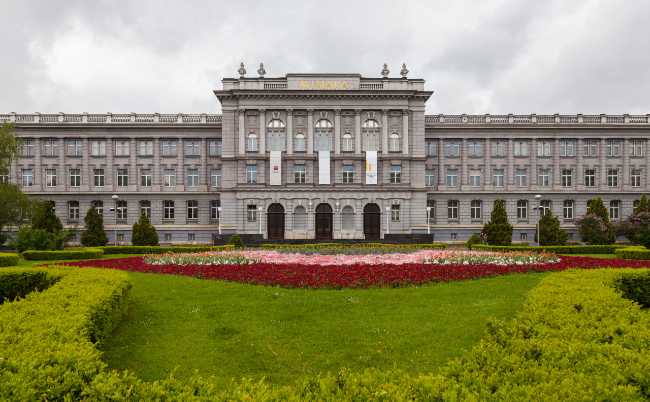
The Mimara Museum in Zagreb is one of Croatia’s most prominent art institutions, housing an eclectic collection donated by collector Ante Topić Mimara and his wife Wiltrud. Opened in 1987 and located in a grand neo-Renaissance building on Roosevelt Square, the museum features over 3,750 works spanning three millennia. Its diverse holdings include European masterpieces by artists such as Caravaggio, Rembrandt, Velázquez, Goya, and Renoir, alongside ancient artifacts from Egypt, Greece, and the Far East. Visitors can explore collections of glassware, icons, textiles, and sculptures, as well as rare jade and ivory objects from Asia. Despite occasional controversy over the authenticity of some pieces, the museum remains a vital cultural venue and research center. The building itself, a former 19th-century school, adds architectural gravitas to the experience. Though currently closed for renovation, the Mimara Museum continues to engage the public through virtual exhibitions and remains a cornerstone of Zagreb’s artistic heritage.
Zagreb CroatiaThe Mimara Museum is located at Roosevelt Square 5 (Rooseveltov trg 5), just west of Zagreb’s city center and about a ten-minute walk from Ban Jelačić Square, the city’s main plaza. The museum stands out for its neo-Renaissance architecture and houses one of the largest private art collections in Croatia, featuring over 3,700 works donated by Ante Topić Mimara, including paintings, sculptures, and decorative arts by masters such as Rembrandt, Renoir, and Caravaggio. The Mimara Museum is situated on the so-called “Green Horseshoe,” a series of parks and cultural institutions that define much of central Zagreb’s urban landscape. Directly adjacent to the museum is the Croatian National Theatre, a landmark of Zagreb’s cultural scene, known for its grand architecture and diverse performances. The nearby Museum of Arts and Crafts is another significant institution, specializing in applied arts and design. Just a short walk away is the historic building of the University of Zagreb, as well as several green spaces like Marshal Tito Square, which is often the site of public events and gatherings.
 Museum of Broken Relationships
Zagreb
Museum of Broken Relationships
Zagreb
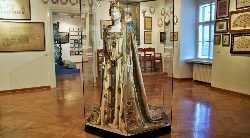 Zagreb City Museum
Zagreb
Zagreb City Museum
Zagreb
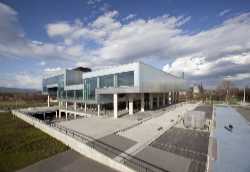 Museum of Contemporary Art
Zagreb
Museum of Contemporary Art
Zagreb
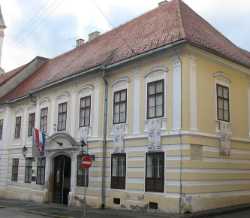 Croatian Museum of Naïve Art
Zagreb
Croatian Museum of Naïve Art
Zagreb
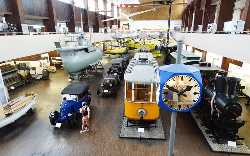 Technical Museum Nikola Tesla
Zagreb
Technical Museum Nikola Tesla
Zagreb
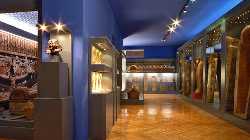 Archaeological Museum in Zagreb
Zagreb
Archaeological Museum in Zagreb
Zagreb
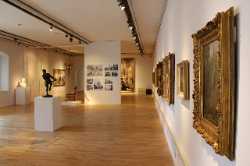 Klovićevi Dvori Gallery
Zagreb
Klovićevi Dvori Gallery
Zagreb
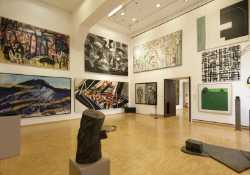 National Museum of Modern Art
Zagreb
National Museum of Modern Art
Zagreb
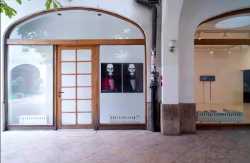 Galerija Nova
Zagreb
Galerija Nova
Zagreb
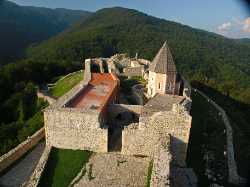 Medvedgrad Fortress
Zagreb
Medvedgrad Fortress
Zagreb
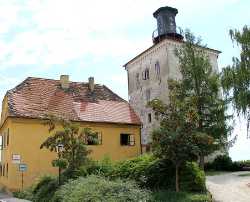 Lotrščak Tower
Zagreb
Lotrščak Tower
Zagreb
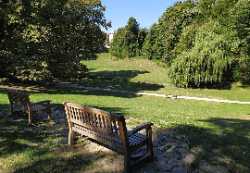 Maksimir Park
Zagreb
Maksimir Park
Zagreb
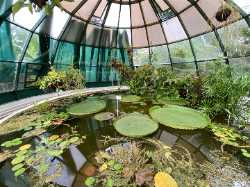 Botanical Garden of the Faculty of Science
Zagreb
Botanical Garden of the Faculty of Science
Zagreb
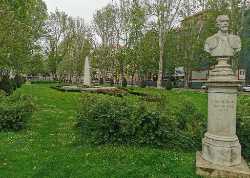 Zrinjevac Park
Zagreb
Zrinjevac Park
Zagreb
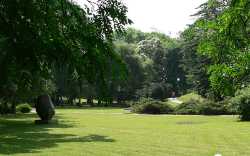 Ribnjak Park
Zagreb
Ribnjak Park
Zagreb
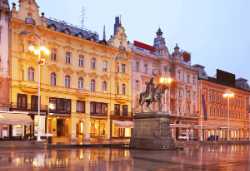 Ban Jelačić Square
Zagreb
Ban Jelačić Square
Zagreb
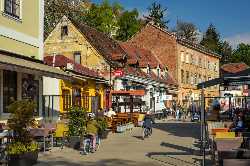 Tkalčićeva Street
Zagreb
Tkalčićeva Street
Zagreb
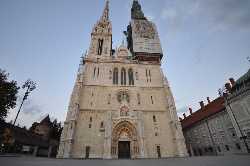 Zagreb Cathedral
Zagreb
Zagreb Cathedral
Zagreb
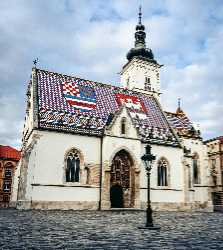 St. Mark’s Church
Zagreb
St. Mark’s Church
Zagreb
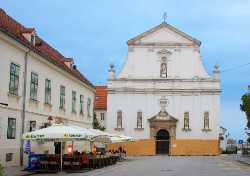 St. Catherine’s Church
Zagreb
St. Catherine’s Church
Zagreb
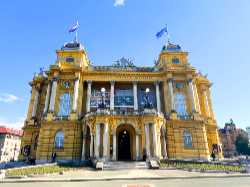 Croatian National Theatre
Zagreb
Croatian National Theatre
Zagreb
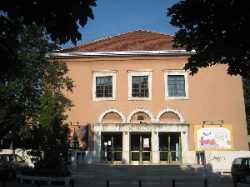 Komedija Theatre
Zagreb
Komedija Theatre
Zagreb
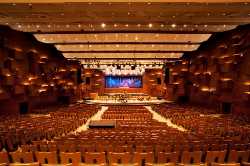 Lisinski Concert Hall
Zagreb
Lisinski Concert Hall
Zagreb
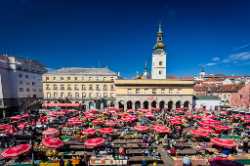 Dolac Market
Zagreb
Dolac Market
Zagreb
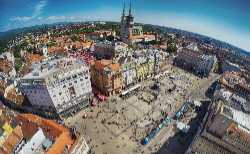 Zagreb 360°
Zagreb
Zagreb 360°
Zagreb
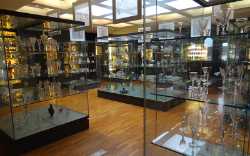 Museum of Arts and Crafts
Zagreb
Museum of Arts and Crafts
Zagreb
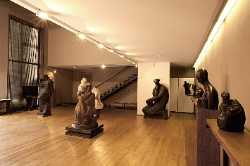 Meštrović Atelier
Zagreb
Meštrović Atelier
Zagreb
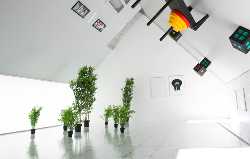 Museum of Illusions Zagreb
Zagreb
Museum of Illusions Zagreb
Zagreb
 Ethnographic Museum Zagreb
Zagreb
Ethnographic Museum Zagreb
Zagreb
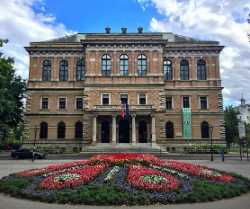 Strossmayer Gallery of Old Masters
Zagreb
Strossmayer Gallery of Old Masters
Zagreb
 Gliptoteka HAZU
Zagreb
Gliptoteka HAZU
Zagreb
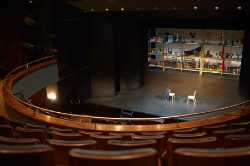 Gavella Drama Theatre
Zagreb
Gavella Drama Theatre
Zagreb
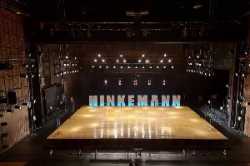 Zagreb Youth Theatre
Zagreb
Zagreb Youth Theatre
Zagreb
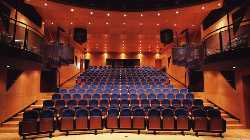 Zagreb Puppet Theatre
Zagreb
Zagreb Puppet Theatre
Zagreb
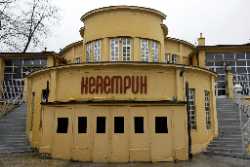 Satirical Theatre Kerempuh
Zagreb
Satirical Theatre Kerempuh
Zagreb
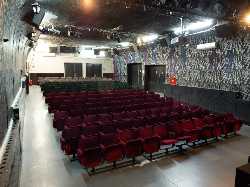 Teatar &TD
Zagreb
Teatar &TD
Zagreb
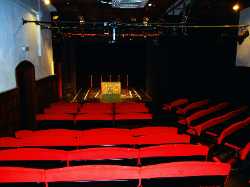 Mala Scena Theatre
Zagreb
Mala Scena Theatre
Zagreb
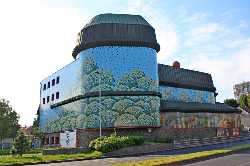 City Theatre Trešnja
Zagreb
City Theatre Trešnja
Zagreb
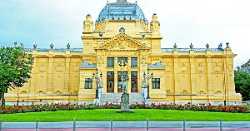 Art Pavilion
Zagreb
Art Pavilion
Zagreb
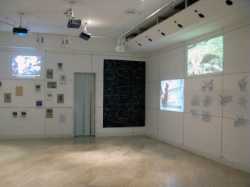 Galerija Miroslav Kraljević
Zagreb
Galerija Miroslav Kraljević
Zagreb
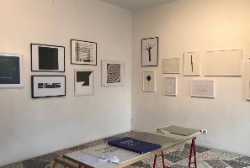 Galerija Greta
Zagreb
Galerija Greta
Zagreb
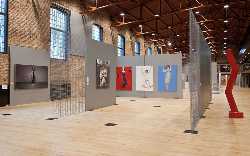 Lauba
Zagreb
Lauba
Zagreb
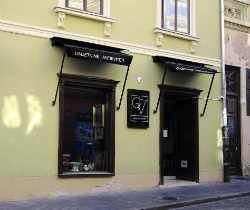 Vugrinec Gallery
Zagreb
Vugrinec Gallery
Zagreb